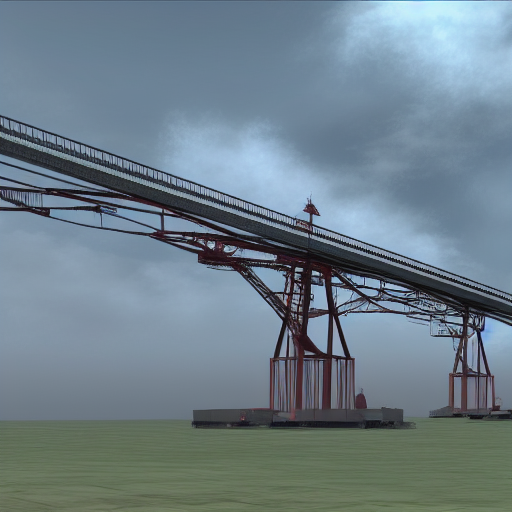A superstructure is a structure that is built on top of an existing structure for any number of purposes. The purpose may be to extend the existing structure, provide additional support, or add a completely new purpose. Superstructures are often used to give a previously existing building more function and aesthetic value. Common examples of superstructures include additions to existing buildings, such as second stories, attic spaces, and garages. Superstructures can also add to the appearance of a building, such as balconies and terraces. They can also provide a greater degree of protection for buildings, like storm shelters and bomb shelter. Superstructures are also used in bridge engineering, as bridges expand to accommodate more traffic or larger vehicles.
Superstructures can provide a great deal of versatility to a building or structure. Many of these structures can be attached to the existing building in such a way that they can still be used if the original structure is no longer needed. This lets them be used by different people or businesses, as the superstructure can easily be removed, modified, or replaced with something else. Many superstructures also make it easier to access existing features of a building, such as adding stairs or elevators to an upper floor.
Superstructures are often expensive to construct and may require engineers and contractors to have a thorough understanding of how the superstructure must interact with the original structure. Due to their complexity, superstructures may require more maintenance and oversight than other structures. This can add costs to the total project and can cause delays if there are problems with the construction. Despite this, superstructures can be extremely useful when done correctly, as they can provide many benefits that the original structure may not have been able to provide.
